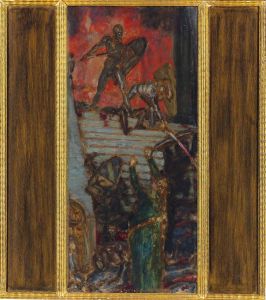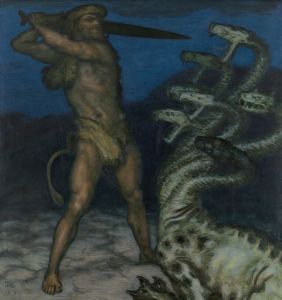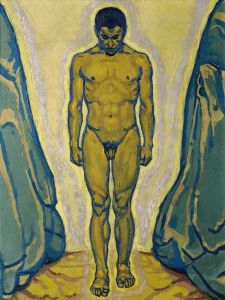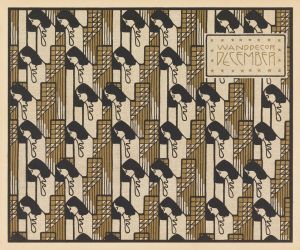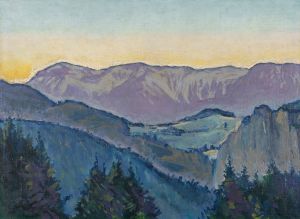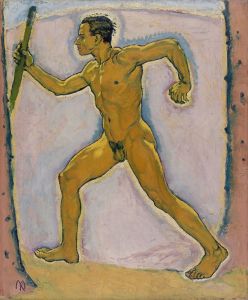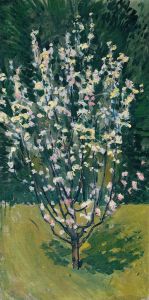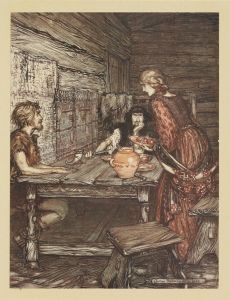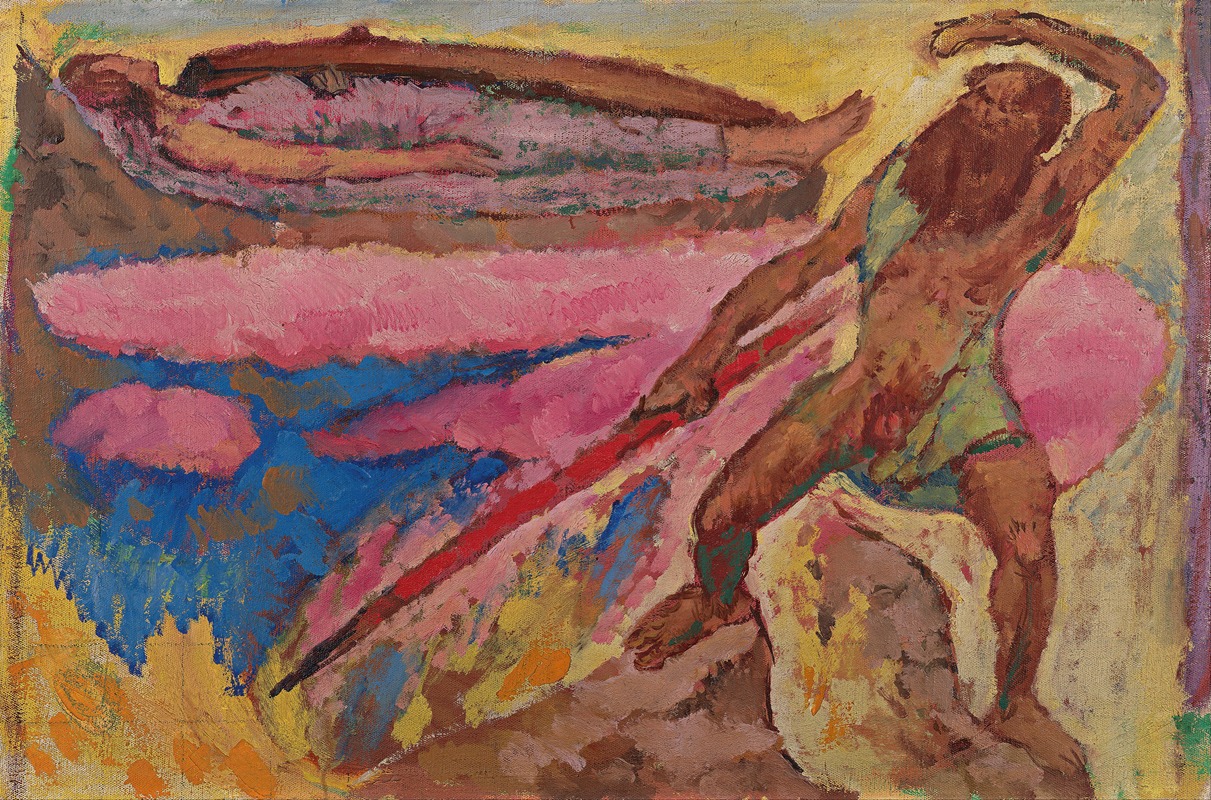
Wotan and Brünhilde
A hand-painted replica of Koloman Moser’s masterpiece Wotan and Brünhilde, meticulously crafted by professional artists to capture the true essence of the original. Each piece is created with museum-quality canvas and rare mineral pigments, carefully painted by experienced artists with delicate brushstrokes and rich, layered colors to perfectly recreate the texture of the original artwork. Unlike machine-printed reproductions, this hand-painted version brings the painting to life, infused with the artist’s emotions and skill in every stroke. Whether for personal collection or home decoration, it instantly elevates the artistic atmosphere of any space.
Koloman Moser's painting Wotan and Brünhilde is a work created by the Austrian artist and designer, who was a prominent figure in the Vienna Secession movement. Moser, known for his contributions to both fine and applied arts, produced this piece as part of his exploration of mythological and symbolic themes, which were central to the artistic movements of his time.
The painting depicts Wotan, the chief god in Norse mythology, and Brünhilde, one of the Valkyries, figures drawn from the Germanic mythological tradition. These characters are famously featured in Richard Wagner's opera cycle Der Ring des Nibelungen (The Ring of the Nibelung), which had a significant influence on European art and culture in the late 19th and early 20th centuries. Moser's interpretation of these mythological figures reflects the broader interest in Wagnerian themes among artists of the Vienna Secession, who often sought to merge music, literature, and visual art into a unified aesthetic experience.
The painting showcases Moser's distinctive style, which blends elements of Symbolism and Art Nouveau. His use of bold lines, stylized forms, and a harmonious color palette exemplifies the aesthetic principles of the Vienna Secession. The work likely emphasizes the emotional and dramatic tension between Wotan and Brünhilde, a central theme in Wagner's operas, though the exact composition and details of the painting are not widely documented.
Koloman Moser was a co-founder of the Vienna Secession in 1897, alongside Gustav Klimt and other artists. This movement sought to break away from traditional academic art and embrace modernist principles. Moser's work, including Wotan and Brünhilde, reflects the Secessionist ideals of innovation, individuality, and the integration of art into everyday life.
While Wotan and Brünhilde is not as widely known as some of Moser's other works, such as his designs for the Wiener Werkstätte, it remains an example of his engagement with mythological subjects and his contribution to the cultural milieu of fin-de-siècle Vienna. The painting is part of Moser's broader legacy as an artist who bridged the gap between fine art and design, leaving a lasting impact on the development of modern art.
Further details about the painting's current location, dimensions, or provenance are not readily available in existing historical records.





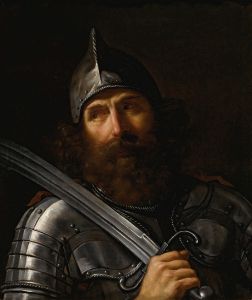
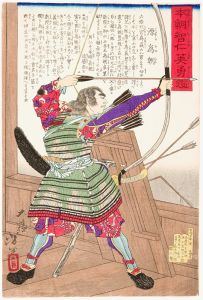
![Musha]taira no tomomori](/imgs/225657/s/tsukioka-yoshitoshi-mushataira-no-tomomori-bb591b96.jpg)
